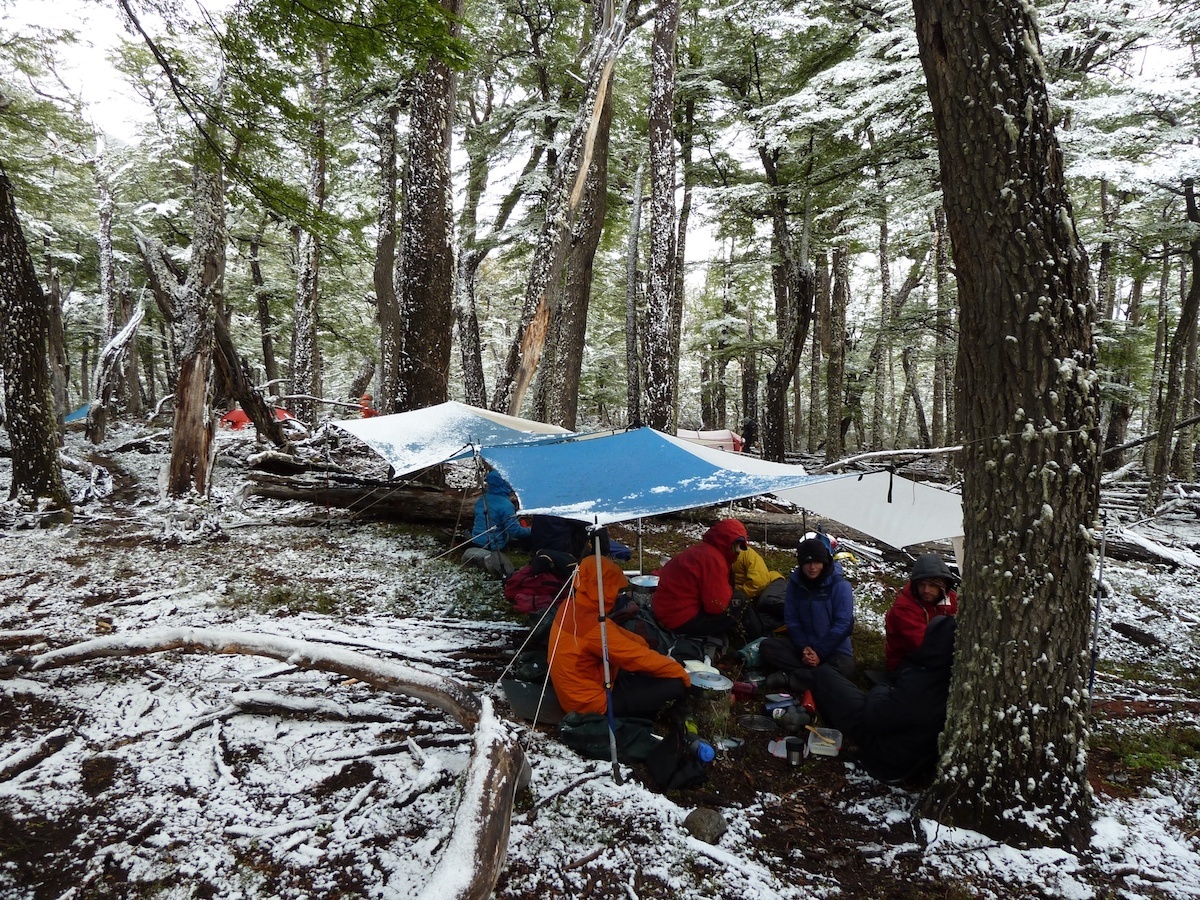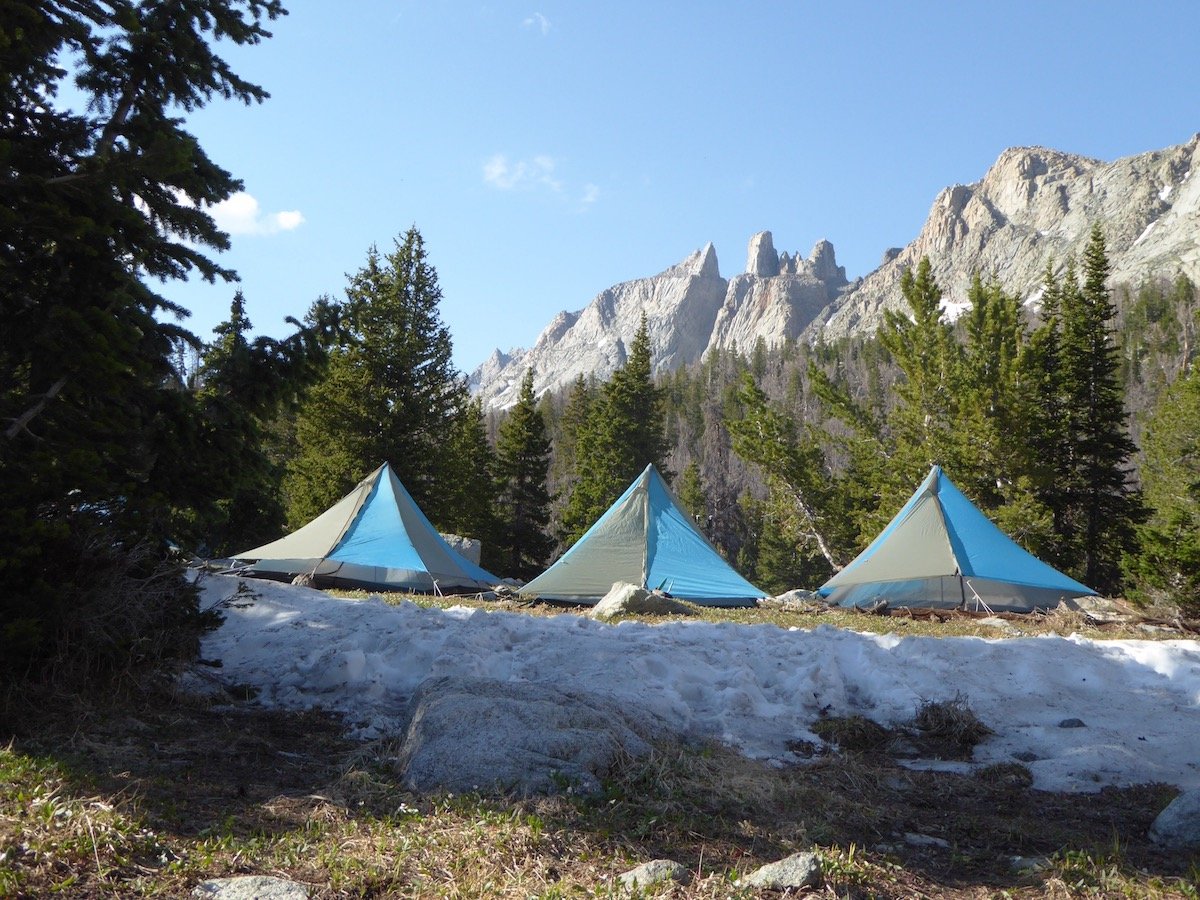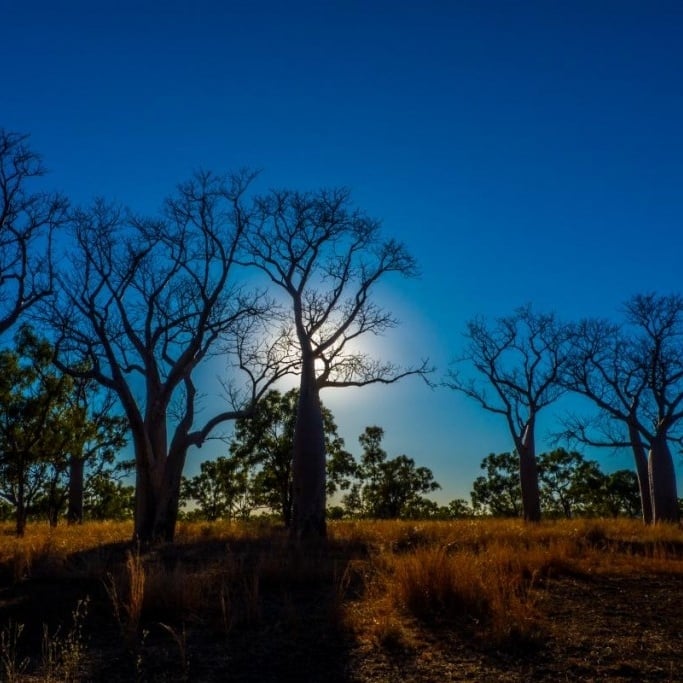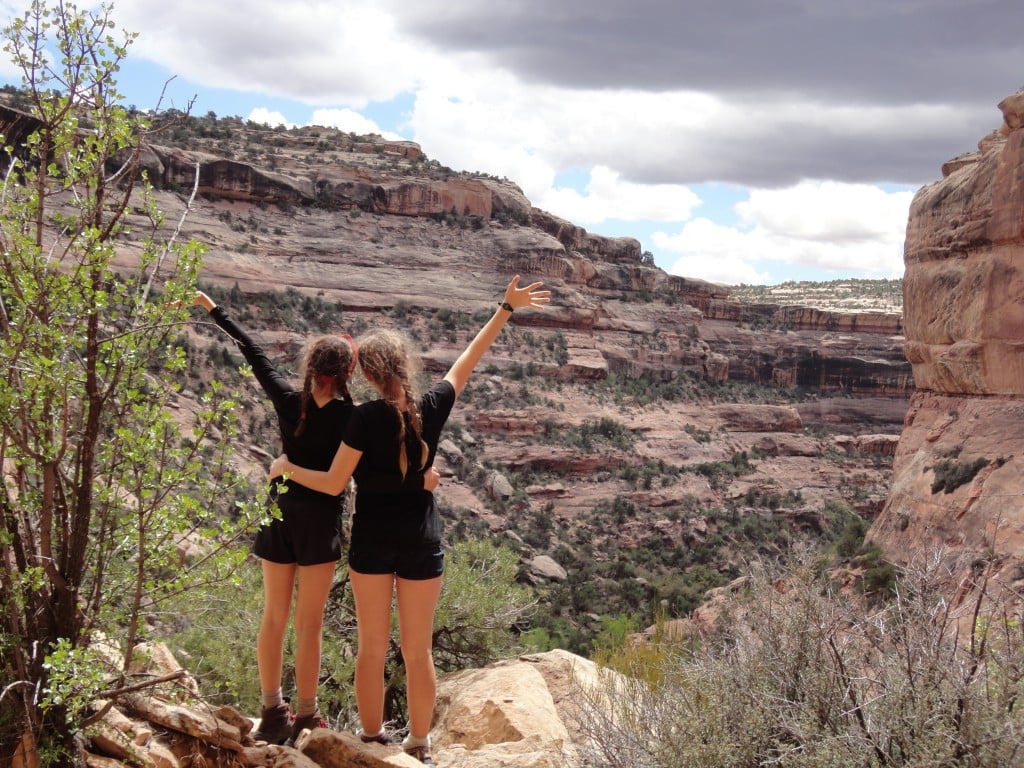
You might think that seven years of working in the business world would have taught me about leadership. Yet the best lessons I’ve learned have come while climbing rocks and mountains and hiking miles into the wilderness, where traveling with companions over steep snowy passes and through thick forested valleys has forced me to face leadership challenges in ways that I rarely encounter inside.
Many of these leadership lessons I learned from NOLS, originally as a NOLS student, and then again recently as a participant on a NOLS Instructor Course. These lessons continue to inspire the work I do with others in professional settings.
Here are the top three leadership lessons I’ve learned from NOLS:
1. Leadership isn’t about being “the one in charge”
I led a climb on Mt. Rainier last year for a handful of friends on what felt like one of the hottest days of the year. From our base camp on Muir Snowfield, we began climbing late at night to ensure the majority of our travel was completed before the sun rose and started melting snow and ice that could cause rockfall along our path.
At the front of the rope team, I was the one leading us to the top, and with the most expertise, I was the one everyone looked to for decision making and route navigation. By 5:30 a.m. the sun began to rise, and with 1,000 feet still between us and the summit, I hit a wall. My head felt simultaneously heavier and lighter than it ever had, and every breath I took felt exhausting. I was dehydrated and had a pounding headache.
I could have let my ego get the best of me, but with our turn-around time approaching—and the knowledge that hundreds of climbers were about to descend from the summit on our narrow, icy path—I consulted my team. We agreed that continuing on could be hazardous, and so we turned around and started back down. At a rest point near our base camp, my team melted water for me and organized our descent. With a pounding headache, I tied into the back of the rope and let another one of our teammates lead us all the way down.
A critical lesson I learned from NOLS as a student was that creating a leadership structure that values every voice and gives everyone on the team a role to play ultimately leverages more strengths, more knowledge, and more active participation when you need it the most. When I needed to, I could step back and lean on the skills of my team. One of my friends was able to guide our team down the mountain.
To teach this lesson, NOLS uses a framework of four, equally important leadership roles: Designated Leadership, Peer Leadership, Self Leadership, and Active Followership. On every course, students practice each of these roles and instructors help guide their reflections on how all roles contribute to the success of the team.
2. Experience with real challenges and real risk helps us lead when faced with adversity and uncertainty
It had been snowing nonstop for two days by the time we reached Bills Meadow late in the evening in the south Wind River Mountain Range. We’d spent seven hours postholing through four feet of rotten snow in our snowshoes. We set up camp on a rocky outcrop that looked out through the mist and shadowy pine trees onto a dreary, wintery bog. It was my turn to cook that night, and I felt overwhelmed. I still needed to repair my holed sleeping pad if I didn’t want to sleep directly on snow that night.
Under a small tarp, I started setting up my Whisperlite stove as sleet, snow, and rain pelted me from the side. As soon as I tried pumping the stove, I realized the pump was broken. No pump meant no fuel could get to the stove. No fuel meant no dinner. I didn’t know how to fix the pump, but not cooking dinner meant not getting enough calories to keep my team and me warm through the night. The challenge and the risks were real. Frustrated and exhausted I thought, “What choices do I have?”
I have to fix the pump. I called over an instructor, who, standing outside the tarp in the pouring rain, showed me how to take apart the pump piece by piece, oil and replace the parts with our repair kit, and put it back together.

It’s moments like these, moments when we are in the depths of mental and physical exhaustion, when if we choose to push forward and overcome our perceived limitations, we develop a sense of personal strength that we can then call upon in future. Some people call this sense of personal strength grit. At NOLS, we call it tolerance for adversity and uncertainty. This is the ability to turn challenging situations into opportunities and learning to lean into the hard work that comes with tackling difficult problems. It includes having patience and a positive mental attitude as well as developing a certain level of comfort with uncertainty.
Tolerance for adversity and uncertainty is a skill that, once learned, stays with us for years to come.
3. Great leadership is adaptive
Recently I went backpacking with a group of friends. We had chosen to camp one night near a river where the snow we’d hiked through had started melting out. Searching for dry ground to set up the tent, we found few options that were completely dry and flat. We shuffled around from one spot to the next, arguing about the dryness, flatness, or other merits of each spot.
“It doesn’t really matter to me,” I said, “We’ll have to compromise on comfort in one way or another.” “Yeah,” my tent-mates agreed. Inside I kept thinking, Why don’t we just choose one?! Nothing will be perfect, and we’re wasting time that could be used cooking dinner or resting. Just as I thought this, one friend walked away to go look for other sites.

We regularly face challenges that don’t have easy or straightforward solutions. These are adaptive challenges. Adaptive challenges revolve around competing mindsets, values, and beliefs. They are hard to identify, difficult to solve, and rarely have a straightforward solution, because each person’s “right” answer is an artifact of their own life experiences. Technical challenges, on the other hand, can usually be solved with direct instruction or facts and usually have a truly “right” answer. (Whether we are all comfortable with the tent site might be adaptive. But whether the tent is pitched correctly is a technical question.)
To solve adaptive challenges, we usually have to ask ourselves and others deeper questions to better understand each other’s mindsets, values, and beliefs. To move forward, we often have to adapt ourselves: change our ideas, attitudes, and behaviors to address the challenge and discover solutions.
Discovering adaptive solutions for adaptive challenges requires:
- Intention: Intentionally create space to address the challenge
- Time: Know that addressing and resolving these challenges occurs over time
- Asking the right questions: Rather than giving the right answers
Later that day, my tent group sat down to debrief our experience sharing a tent. We grabbed one of our other friends (also an instructor) to help. Through a structured conversation we surfaced our frustrations about pitching the tent and discussed our competing values about tent placement. Ultimately, through discussing our values and offering communication tools that we could use in the future, we resolved our conflict and developed a deeper understanding of each other.
Our challenge around setting up the tent is a small example of the kinds of adaptive challenges that occur all the time, whether these challenges are rooted in unspoken values or competing beliefs. Effective leaders identify adaptive challenges, even when they first present as technical, and implement tools that engage the minds and hearts of their teams and inspire them to work together to create adaptive solutions that ultimately help the team reach its goals.
Learn leadership skills for your next endeavor on a custom NOLS course.
- Leadership Skills
- Tolerance For Adversity & Uncertainty
- Skills
- Backpacking
- Mbas
- Nols Custom Education
- Leadership
Written By
Liz Townsend
Liz is the Strategic Sales and Marketing Manager for NOLS Custom Education and a NOLS field instructor.



